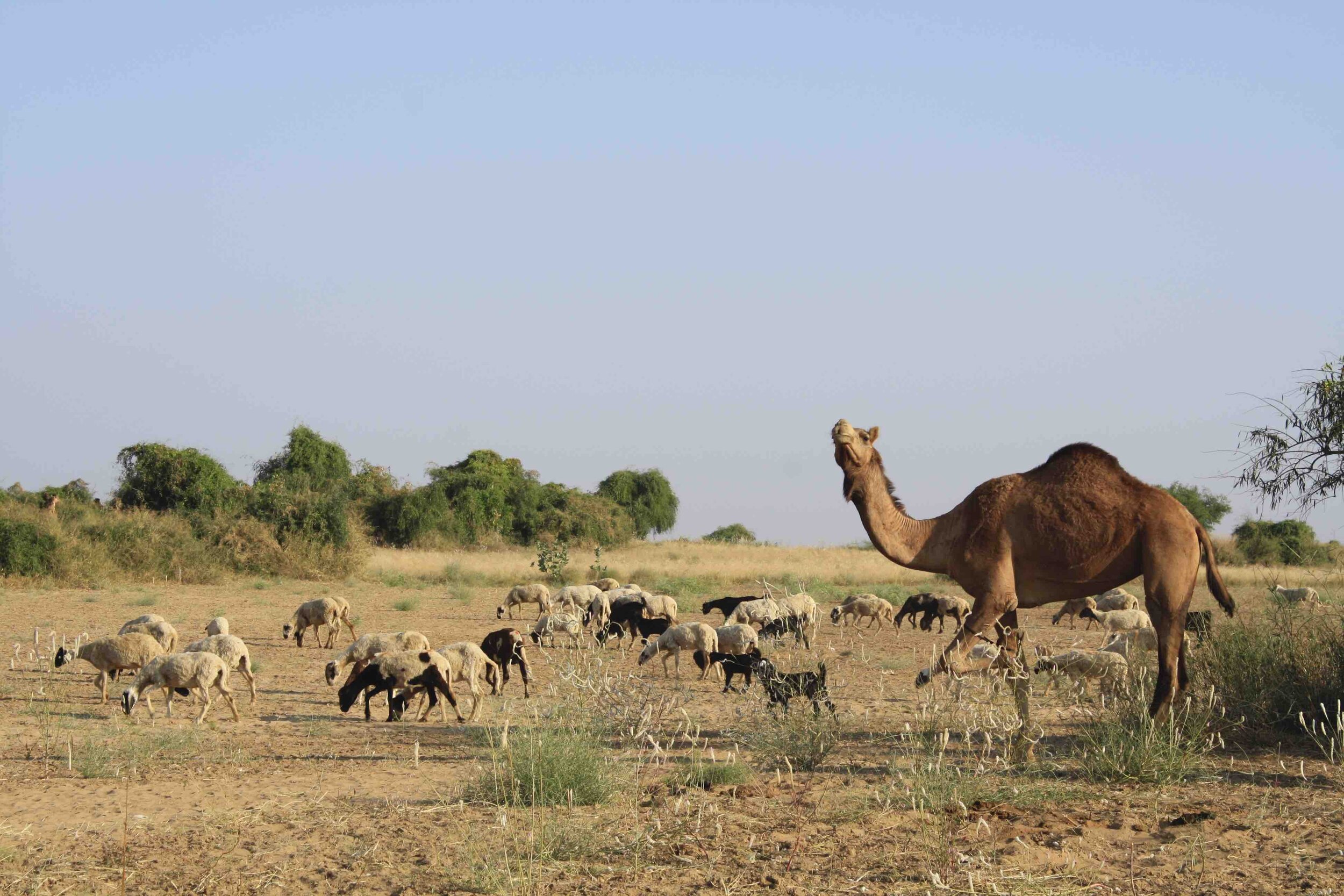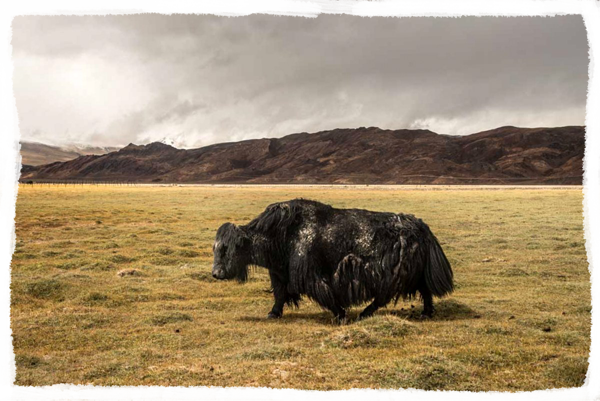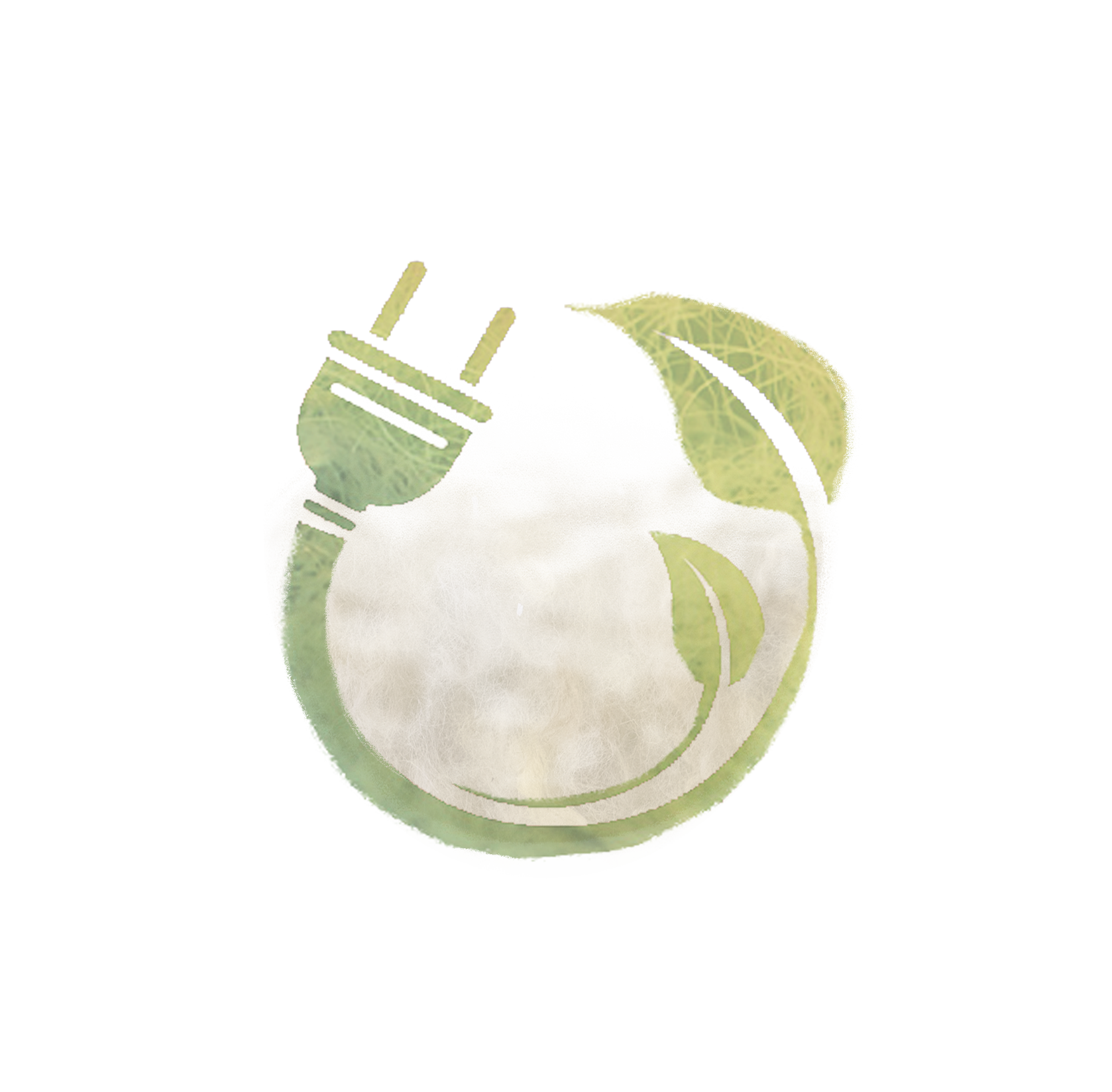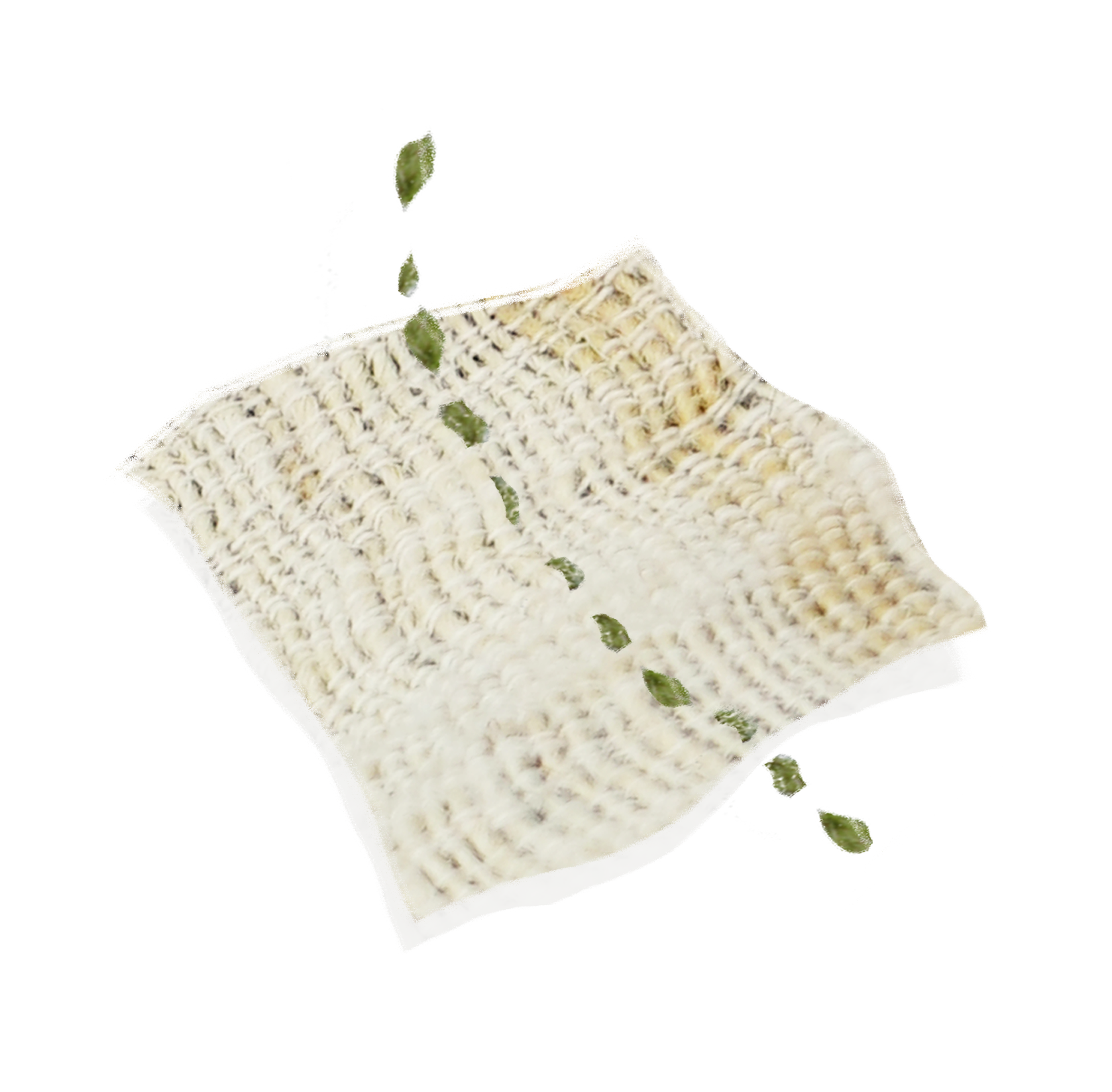
India boasts one of the largest pastoral systems in the world
It is home to the second largest population of goats (148 million) and the third-largest population of sheep (74 million) in the world; a horde that ambles across the vast arid plains of Western terrains, the alpine forests and meadows of the Himalayas, and through the farms, forests and grasslands of the Deccan India.

Pastoralism is one of the oldest human occupations
It is the art and science of rearing animals on lands that are not suitable for agriculture. Pastoralism is generally practised in regions with extreme or harsh climates, and historically, humans have managed to survive in the most difficult terrains in the world thanks to the production of draught power, food, fibre, fertilisers, and hide by these animals. Pastoralism succeeds because of the combination of hardy animal breeds that can live on whatever little grows on the land and communities that breed, rear, and manage the herds.

When we think wool, we think sheep, but sheep are not the only source of fibre. Coats of goats, yaks and camels also produce fibre which in utility is considered wool, but is technically hair.

But wait, what’s the difference between wool and hair?
Hair is made of keratinized filament — the same substance that makes up our fingernails — and can vary in length from just a fraction of an inch to about 3.3 feet (1 meter). The type of fur known as wool is a kind of underhair — soft, thin, curly, flexible hair that never stops growing.

Pastoral Species That Provide Wool
-

Sheep
India has an estimated 74 million sheep. Ironically, while India boasts of the third-largest population of sheep in the world, it is the only natural fibre in which we are deficient!
-

Camels
India has about 0.25 million camels. Camels produce high-quality wool that is very warm, water-resistant and highly durable. It can be used to make textiles, carpets, ropes or bags.
-

Goats
Up to half of India’s 148 million goats, are managed by pastoralists. Some of the most extravagant fibres are produced by goats such as Cashmere and Mohair. They are usually used in knitted or woven garments.
-

Yaks
India has about 0.06 million yaks. Typically, craftspeople work with both hair and wool harvested from Yaks. Yak coat is naturally shed each spring. It can be used to make apparel, ropes, tents, rugs, and bags.
Sheep wool, though, is still the predominant fibre in India
Please note: This map presents all the registered sheep breeds of India as per their native tract. There are other sheep breeds in India which are yet to be recognised or registered by the National Bureau of Animal Genetic Resources
India is home to several climatic regions, soils, and hence ecosystems. Indian herders have bred sheep that are flawlessly adapted to their local conditions. Official records state that there are 44 recognised native sheep breeds in India, while research by the Centre for Pastoralism indicates there may be more such breeds. This diversity reflects the varied ecosystems and knowledge of Indian herders!
The scientific community today accepts that pastoralism is the most viable form of living on the world’s drylands, especially in times of climate change.

A Glimpse Into The Diversity Of Wools In India
-

Harsil wool, Uttarakhand
Harsil is a region in Uttarakhand, which is known for its soft wool. Many craftsmen of Uttarakhand work with the local Harsil wool, spin the wool with Bageshwari Charkhas and weave/knit them into lovely products.
-

Gaddi wool, Himachal Pradesh
Gaddi sheep are reared mainly in the Kangra and Chamba districts of Himachal Pradesh, India. The wool produced by Gaddi in Himachal Pradesh is considered the finest in the country.
-

Chokla wool, Rajasthan
The indigenous Chokla finds demand because of its lustre. Wool mill owners and carpet manufacturers agree that Chokla is one of the best wools for the carpet industry, especially when it is hand-carded and hand-spun.
-

Patanwadi wool, Gujarat
Patanwadi sheep is an indigenous breed of Gujarat and was endemic to Kachchh until about 3 decades ago. Patanwadi sheep used to be popular for its wool. Khamir, a craft organisation based in Kachchh is working towards reviving this sheep breed and the local wool economy.
-

Deccani wool, Deccan Plateau
The Deccani sheep breed has existed in the Deccan Plateau region for centuries. The wool of the Deccani sheep is black. Products woven of black wool become even darker with use and rarely need to be washed.
-

Kathi wool, Uttarakhand
Kathi sheep wool is indigenous to Chamoli, Garhwal region of Uttarakhand. The sheep wool is used for apparel by the local artisans and herder communities. Originally, herders used this wool for making blankets.

Benefits and Properties of Indigenous Wool

Wool is a sacred fibre for pastoral people and is intertwined with their ritual practices
There is a good reason for them to do so and choose wool over other fibres…
Wool is an all-rounder fibre that can be used as building material, compost, home furnishing, and of course, clothing. The varied abilities of wool such as to regulate temperatures, wick moisture and be hypoallergenic distinguish wool fibre from other fibres in the market. Woollens repel dirt and dust and are odour resistant thus requiring fewer washes. These features make it durable and low maintenance. In a pastoral culture that needed clothing that was sustainable, durable, and protective through all seasons, wool was the ideal answer, and hence considered god-sent.

Indigenous Wool is Better for the Environment














